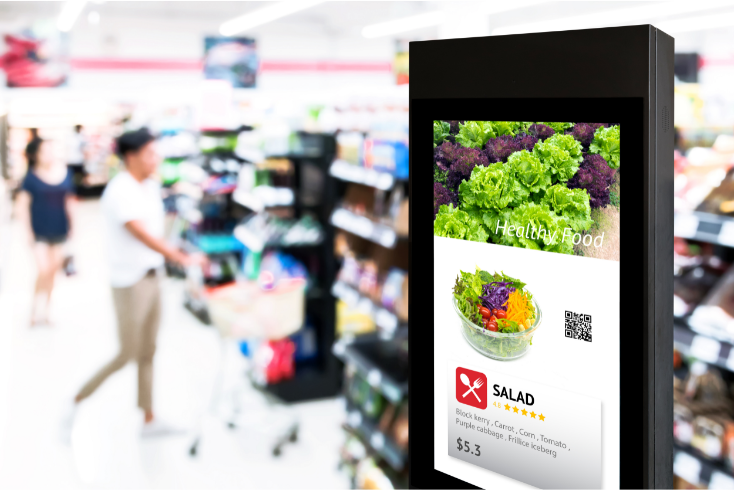Australian neuroscience study reveals impact of evolving DOOH creative


Digital out of home (DOOH) creative that evolves delivers a 38% higher impact than that of static creative after five days, according to a neuroscience study released today into the effect of different OOH creative approaches.
Australian-based outdoor media company, QMS teamed up with research firm, Neuro-Insight to measure how the human brain responds to a piece of creative advertising over a consecutive number of days.
The study reveals that long-term memory encoding, critical for campaign effectiveness, continues to grow in respondents that are exposed to evolving creative.

Spanning 30 creatives across 14 categories, one of the strongest performing campaigns in the study featured a simple creative change that displayed the day of the week, matched with the live temperature at the time, to deliver an 18% stronger result than the average DOOH campaign.
QMS chief strategy officer, Christian Zavecz said that it was integral for both media owners and advertisers to properly understand the additional value the capabilities of DOOH delivers and how they can be used to drive greater campaign efficacy.
“DOOH in Australia already represents 61% of the industry, however the uptake of creative capabilities amongst clients is still quite low,” Zavecz said. “Now, for the first time, we can quantify what we have always intuitively thought about the medium. Incorporating the strategic use of creative evolution into a brand’s campaign is now proven to increase its effectiveness.”
In addition, the research also revealed that whilst static creative works well at providing brands with continuity or branding objectives, evolving the creative message enables brands to more effectively communicate new information and therefore add more layers to a campaign.
Neuro-Insight CEO, Peter Pynta said: “For the first time, we can now scientifically prove that static images on OOH or DOOH do a great job at reminding audiences. But with evolving creative, campaigns can start to maximise their frequency with small changes to the creative – helping to establish or build new memories to enhance a campaign’s performance. These changes can be as simple as a colour change, or copy updating each day.
“We looked at how different DOOH capabilities changed the memory encoding bias across both the Detailed Left Brain and Global Right Brain – known as the Neurostate. This now shows us how, over time, evolving creative helps build new memories each time it is seen, which also ultimately drives a higher cumulative impact for the overall campaign.”
